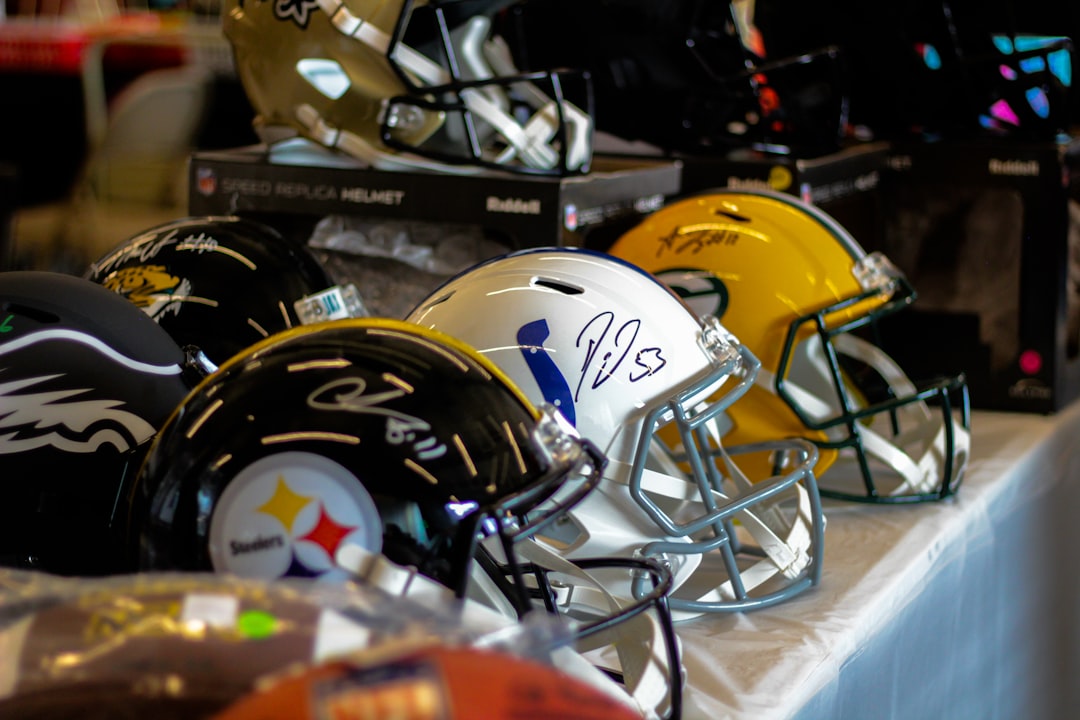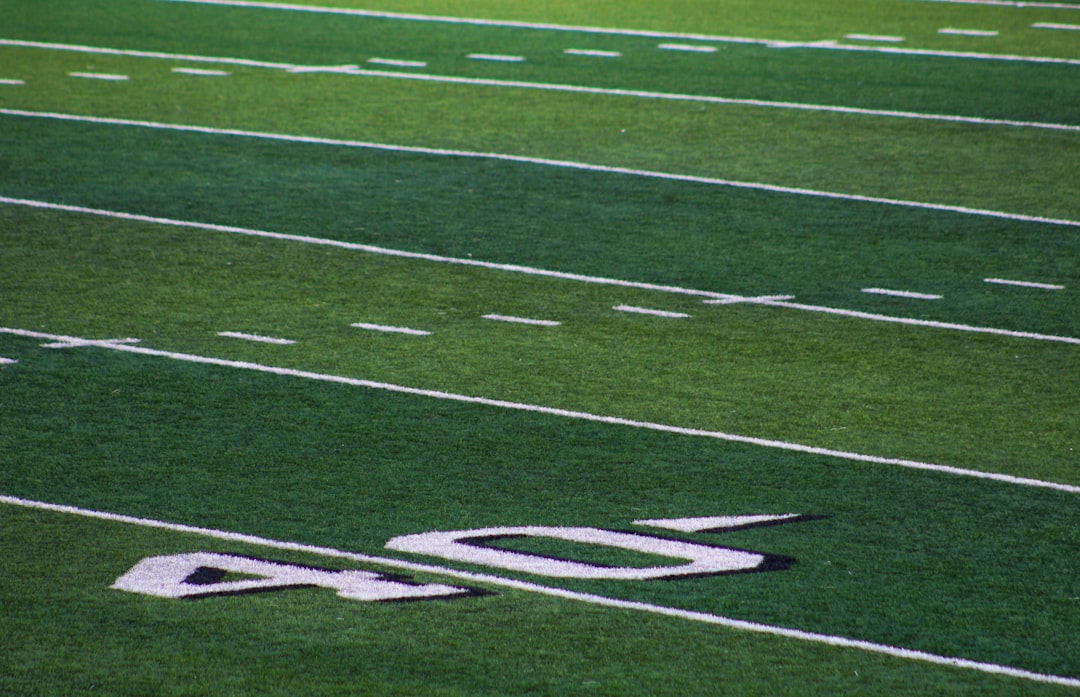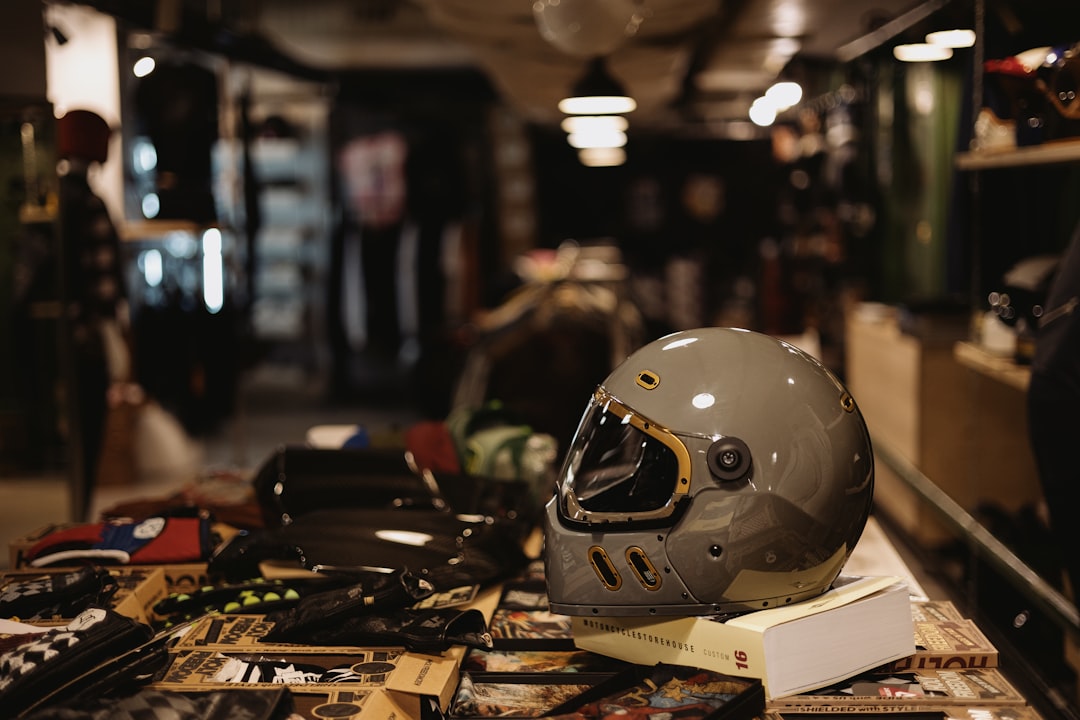During a football game, fans often notice something intriguing on players’ helmets—small stickers or decals that vary in size and design. While they may seem decorative, these stickers carry deeper significance within football culture, particularly at the collegiate and high school levels in the United States. From tiny buckeye leaves on Ohio State helmets to skull decals or paw prints on others, these stickers are more than just flashy adornments—they are emblems of achievement, team spirit, and individual prowess.
What Are Football Helmet Stickers?
Helmet stickers, also known as reward decals or pride stickers, are small images or symbols affixed to players’ helmets. Teams usually award them based on in-game performance, academic accomplishments, or acts of leadership and teamwork. The concept is rooted in the military tradition of awarding medals or patches for valor or service, and many coaches believe this incentive inspires players to excel.
The stickers differ from team logos, which are standardized for every helmet. These reward decals often cover the back or sides of the helmet and accumulate as the season progresses, creating a visual testament to a player’s hard work and contribution on the field.

Where Did the Tradition Originate?
The concept of helmet stickers reportedly began in the 1960s. Coach Jim Young of Miami University (Ohio) is often credited with pioneering the idea, which later became popularized by Ernie Biggs, a staff member under legendary Ohio State coach Woody Hayes. The Ohio State Buckeyes made the practice iconic by using buckeye leaf stickers—now a staple in college football symbolism.
Since then, the tradition has spread across multiple programs, with teams designing their own unique stickers to embody specific values or symbols associated with their school or mascot. For example, the Florida State Seminoles use a tomahawk symbol, while the Georgia Bulldogs opt for bone-shaped decals.
What Do the Stickers Represent?
Helmet stickers are typically awarded for several reasons, most of which are connected to player performance and behavioral conduct:
- Individual Achievements: Players receive stickers for statistical milestones such as sacks, touchdowns, interceptions, or significant blocks.
- Team-Focused Plays: Less flashy but equally valuable actions—such as executing a perfect assignment, hustling after a play, or showing leadership—can also earn players a sticker.
- Academic and Off-Field Excellence: Some teams extend the recognition beyond the field, giving stickers for classroom achievements or community service.
This flexible reward system motivates players at all positions. While quarterbacks and receivers might earn stickers for touchdowns or passing yards, linemen might receive them for pancakes (flattening defensive players) or maintaining strong blocks during crucial plays.
Types of Helmet Stickers
Although the criteria for earning stickers may vary by team, the designs typically fall into a few categories:
- Logos or Mascots: Schools may use elements from their own branding, such as the team logo or mascot.
- Symbolic Shapes: Iconic symbols—like the Ohio State buckeye leaf or Clemson’s tiger paw—are popular choices.
- Color Variation: Some teams use color-coded stickers to signify different kinds of achievements. A gold star may signify exceptional performance, while a blue sticker might commemorate a leadership action.
Teams may also have internal criteria for awarding stickers. While one team might be generous in handing them out, another might reserve them for truly standout efforts. This variance makes the system highly adaptable and unique to each program.
Visual Impact and Team Psychology
The visual accumulation of stickers becomes a badge of honor. A helmet covered in stickers doesn’t just look impressive—it sends a message. It represents consistency, dedication, and contribution over the season. For younger or backup players, seeing those sticker-laden helmets can build aspiration and motivation to step up their game.
From a psychological standpoint, this social incentive plays on recognition and peer comparison. Unlike trophies or awards that are given away from the spotlight, helmet stickers are visible during every practice and game, shining in the public eye.

Do All Teams Use Helmet Stickers?
No, not all football teams use helmet stickers. While it’s more prevalent in college football, particularly among traditional programs, some teams prefer to stray away from the tradition. Professional teams, such as those in the NFL, generally do not adopt the practice, as the league maintains stricter uniform guidelines and emphasizes standardized branding over personalization.
Still, some high school and youth teams have started to incorporate the system to encourage players, develop character, and instill a strong work ethic. In these cases, coaches often create specific goals tailored to the age and capability of the players to best use the reward format.
Controversies and Criticisms
Despite the popularity and tradition, helmet stickers are not without criticism. Some opponents argue that the focus on individual rewards might contradict the spirit of a team sport. Others worry that the pressure to earn stickers could lead to selfish play or over-exertion, particularly if players try to accumulate them at the expense of smart or safe gameplay.
To mitigate this, many coaches carefully monitor the criteria and emphasize team-based activities just as strongly as individual feats. The goal is to foster motivation without compromising team unity or safety.
Modern Uses and Innovations
As football evolves, so does the use of helmet stickers. Some teams have begun using digital tracking systems alongside traditional stickers, using analytics to determine sticker distribution more objectively. Coaches and staff use this data to track effort metrics like sprint speeds, hits, and assignments completed.
In a world increasingly driven by quantification and instant feedback, blending tradition with technology helps bridge generational gaps while maintaining the core values of accountability, pride, and consistent effort.
Conclusion
Football helmet stickers may be small in size, but their meaning runs deep. They reflect effort, pride, dedication, and the intangible rewards of being part of a team that values every contribution. Whether earned through grit on the field or leadership in the locker room, these decals turn a piece of safety gear into a canvas of accomplishment. For fans, they offer another dimension to know who’s making a difference. For players, they’re a wearable testament to their hard work and impact.
Frequently Asked Questions (FAQ)
-
Q: Do NFL players use helmet stickers?
A: No, NFL teams do not use helmet stickers due to the league’s uniformity policies. The tradition is primarily found in college and high school football. -
Q: Can players remove their own helmet stickers?
A: Generally, no. Stickers are considered a team-issued reward and are managed by coaching staff or equipment managers. -
Q: Do all college football teams use the same sticker designs?
A: No. Each team creates its own unique stickers based on school traditions, mascots, or symbolic themes. -
Q: What if a player is injured—do they still earn stickers?
A: In some teams, players may earn stickers for leadership, mentorship, or other off-field contributions while sidelined. -
Q: Are helmet stickers used outside of the United States?
A: Helmet stickers are mostly a tradition in American football and are rare in other countries or in sports like rugby and soccer.
